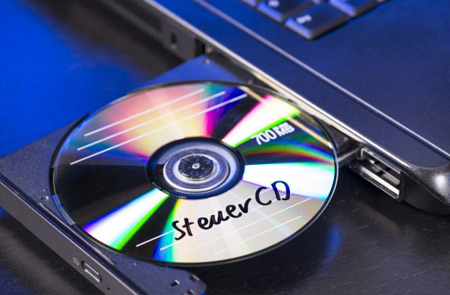

In the following guide, we will copy the "Anyboot" disk image directly to the raw drive, not to a partition, replacing everything including the MBR, destroying all the partitions and data that were there.

Note that running off a USB flash drive might still be a lot slower than a real hard drive depending on your model. The Haiku live CD is limited by the slow access time of CDs and still lacks a few features due to the added complexity to run on a read-only media. It is also the only way to really try and enjoy all the features of Haiku without touching your hard drives. Well, disable it, restart your MacOS, do the changes and then don't forget to enable it again.Using a USB flash drive is one of the best ways to install Haiku. basically, you need to restart your mac in recovery mode, go to menu utilities and open terminal, type crsutil status to check if it is enabled or disabled, then you can use csrutil disable or csrutil enable. Obs.: if your MacOS complain, you need to disable the CSR before change this. That's it, now when you open the Bootcamp assistant you can use the option that allows you to create a USB install boot disk. it will ask if you want to replace it, then you answer yes. Save this file, go back to the contents of the Boot Camp Assistant and drag the newly edited file into. In my case I changed from Macbook7,2 to MacBookPro8,2. If it is like PreUSBBootSupportedModels, change the name to USBBootSupportedModels, expand this line and at the item0, edit and write down your MacBook model as a string value.

Open this ist file with a plist file editor or xcode, then look for a line saying "USBBootSupportedModels". Then find the file ist and drag and drop to a whatever folder you created before. go to your application>utilities, select the Boot Camp Assistant app, right click > show packages content. So, for those who can't create the USB install disk, here some tip.


 0 kommentar(er)
0 kommentar(er)
